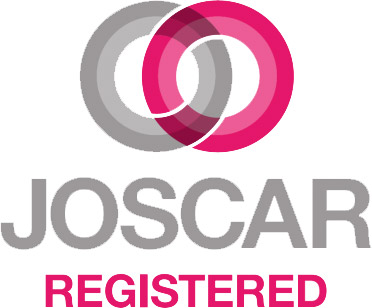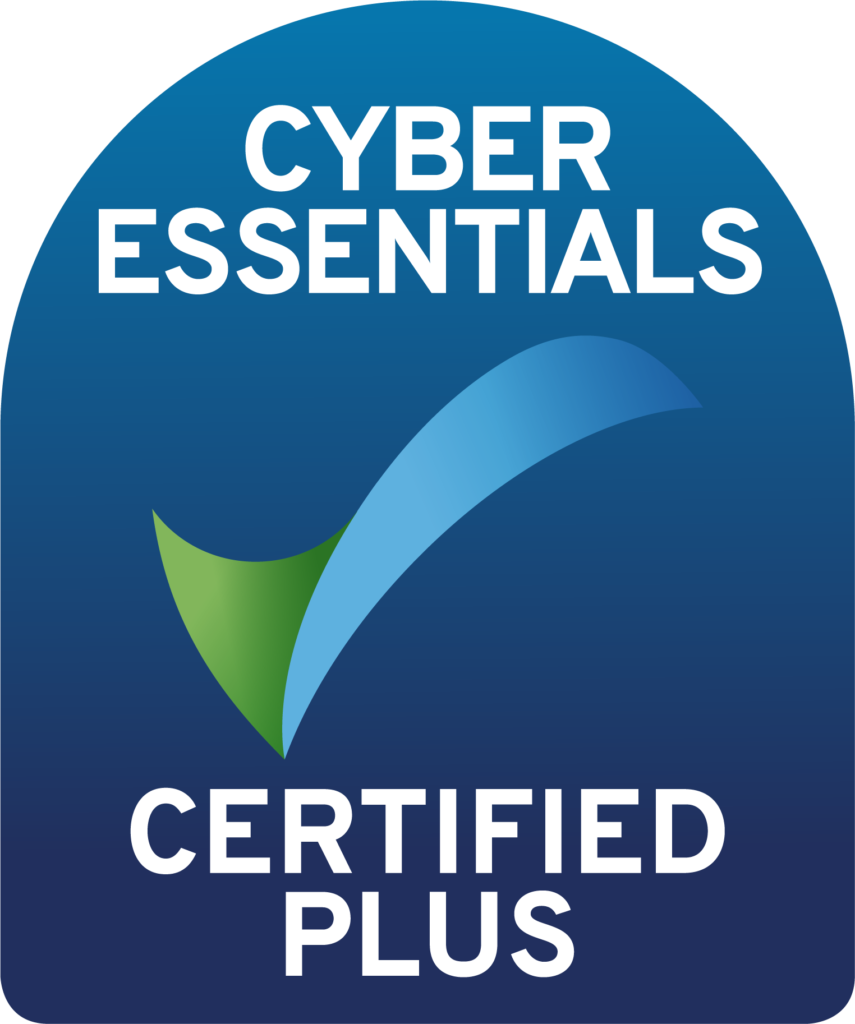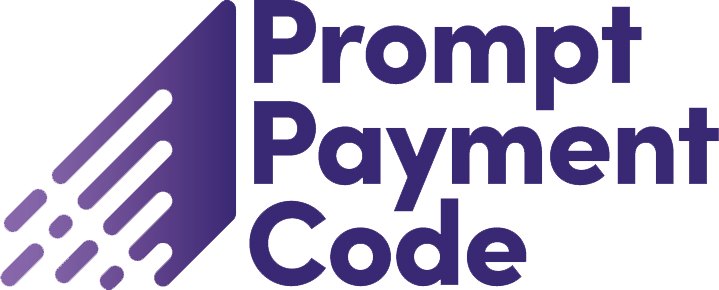Enterprise Risk Management (ERM) is the framework for a business to assess its overall exposure to risk. ERM is increasingly becoming the norm and organisations are responding to this new focus.
The business case for adopting ERM is strong:
- Ratings agencies such as Standard & Poors are now rating the effectiveness of a company’s ERM strategy as part of their overall credit assessment. This means that, aside from being good practice, not having an efficient ERM strategy in place will have a negative effect on a company’s credit rating.
- The key to Enterprise Risk Management is having a joined up approach across the organisation. This is totally dependent on easy access to high quality, up-to-date information provided by an integrated risk management and risk analysis tool such as Predict!.
- Managing risk in spreadsheets quickly gets complicated. Many organisations manage their project risks in individual Excel spreadsheets, and while that works for small, isolated projects, it’s really hard to consolidate and aggregate risks held in different spreadsheets across a business.
- The fact is that most individuals in organisations usually know exactly what risks they face. However, the problem is that the risks are not always known by the right people or, if they are, they tend not to be properly understood and acted upon.
There are many benefits to implementing ERM with Predict!:
- Real time access to risk information across the organisation – Fewer surprises (managed threats and successful opportunities)
- Faster decision making and less ‘fire fighting’
- Improved confidence and trust across the stakeholder community
- Reduced cost, better use of resources and improved morale
- Stronger organisations resilient to change, ready to exploit new opportunities
Over time this will:
- Increase customer satisfaction, enhance reputation and secure repeat business and new business
- Safeguard life and company assets
- Improve predictability of profits
- Enhance credit ratings and lower finance costs








